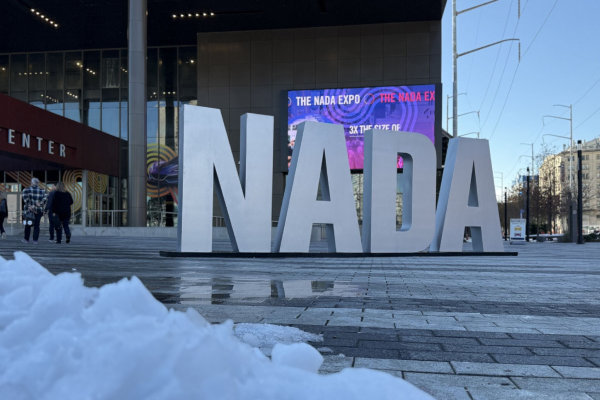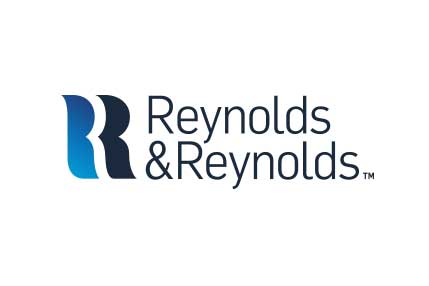The “Costco Effect” – And Why Dealers Should Worry

Article Highlights:
- The average buyer visits just 1.6 auto dealerships while car shopping.
- Frictionless is about the efficient engagement.
A story aired on NBC News not long ago that confirmed what most dealers have observed over the past several years about car shoppers. But the story also offered a new insight into the way consumer behavior around car shopping and purchasing has changed
Citing a recent study of worldwide consumer buying patterns by McKinsey and Co., NBC concluded that the average buyer “visits just 1.6 auto dealerships while car shopping, down from 10 years ago when buyers visited an average of five dealerships.”
Dealers generally have been aware of that shift for some time now, as consumers access more and more information online and through third-party sources. Nonetheless, the business challenge this shift presents is stark: Over the past 10 years, dealerships that used to compete to be one of five dealerships selected for a visit now are aiming to be the one dealership that a consumer visits.
But there’s more behind that challenge than the digital world. There’s also the insight that consumers are looking for ways to shop and purchase on their own terms.
Here’s how NBC framed the dilemma: “[When this consumer] decided she wanted to buy a new car, she was dreading running around and visiting car dealers. So instead, she joined the growing numbers of car buyers making their purchase through a third-party referral. In her case, it was Costco.”
As it turned out, the consumer selected a vehicle from the Costco website. Costco, in turn, put her in touch with a local dealer who delivered the vehicle at a pre-set price. Within 48 hours, she had her new car.
And price wasn’t the overriding factor in the deal.
As the consumer put it: “In the past I would hop from dealership to dealership, taking several weekends, combing the lots trying to get a deal,” she said, “But this was so much easier.”
The Costco Auto Program anticipates selling some 375,000 new vehicles this year. Consumers using that service are looking for a good deal, to be sure, but equally important is an avoidance of “haggling” and “wasted time.” In other words, they want to minimize the “friction” (real or perceived) that’s often involved in working with dealerships in shopping, buying, and servicing a vehicle.
Friction in the car buying process is any obstacle that interrupts progress or that becomes a brief barrier in taking the next steps in financing, purchasing, or servicing a vehicle. A “frictionless” customer experience with the dealership smoothly facilitates moving through the entire process—without speed bumps that slow or halt the progress.
Frictionless is about the efficient engagement (the return on time and attention) for both the consumer and the dealership and about eliminating the disengagement or downtime in the process.
One way to measure that level of disengagement is through customer satisfaction. J.D. Power and Associates’ research indicates that streamlining and shortening the time spent in the buying process, as well as providing consumers with clarity at every step in the process, can increase customer satisfaction by some 15 percent.
Two conclusions come to mind, then, from the NBC story for those of us in the automotive industry.
- With so much of the car shopping and dealership selection process occurring online before the consumer walks into a showroom, a dealership’s capacity and flexibility to compete effectively through digital channels and deliver the right customer experience across the entire customer journey—without friction—is looming ever more important.
- Once consumers are inside the dealership’s four walls, a dealer’s capacity to engineer the processes and touch points that reduce friction in the most frequent interactions—the showroom and sales lot, F&I, and service—will pay the biggest dividends in customer satisfaction.
What consumers expect from dealerships will continue to evolve, influenced heavily by non-automotive retailers. Along with that, consumers will continue to face time pressures in their personal and professional lives.
As these trends collide, aligning dealership processes in ways that create a “frictionless” customer journey will go a long way to help a dealership stand out as that one store where the retail experience is worth having.
The McKinsey report concludes that those auto dealers who can “change with their customers will succeed.” While that has always been true, the way customers are changing today is both more rapid and more uncompromising.
And leaves no room for friction.
To learn how Reynolds is helping dealers change the automotive retail experience, please visit www.reyrey.com/rms.
Related Articles:

The Future is Here, and It’s Powered by AI
The world changed forever in 1983. Most people weren’t ready for the internet revolution. In 2025, we’re on the brink of another technological revolution.

NADA 2025: Working in a Winter Wonderland
This year's show proved that the auto industry can handle anything. If you couldn't make it, find out what happened in the Reynolds booth.

NADA… the Catalyst for 2025: What’s Ahead for Reynolds
With the NADA show now behind us, take a peek at where Reynolds is headed this year.

Why Your Data Is Wickedly Underutilized
In today’s digital world, your data is your most valuable factor for success, especially your first-party data. But the thing is, there’s potential for it…















